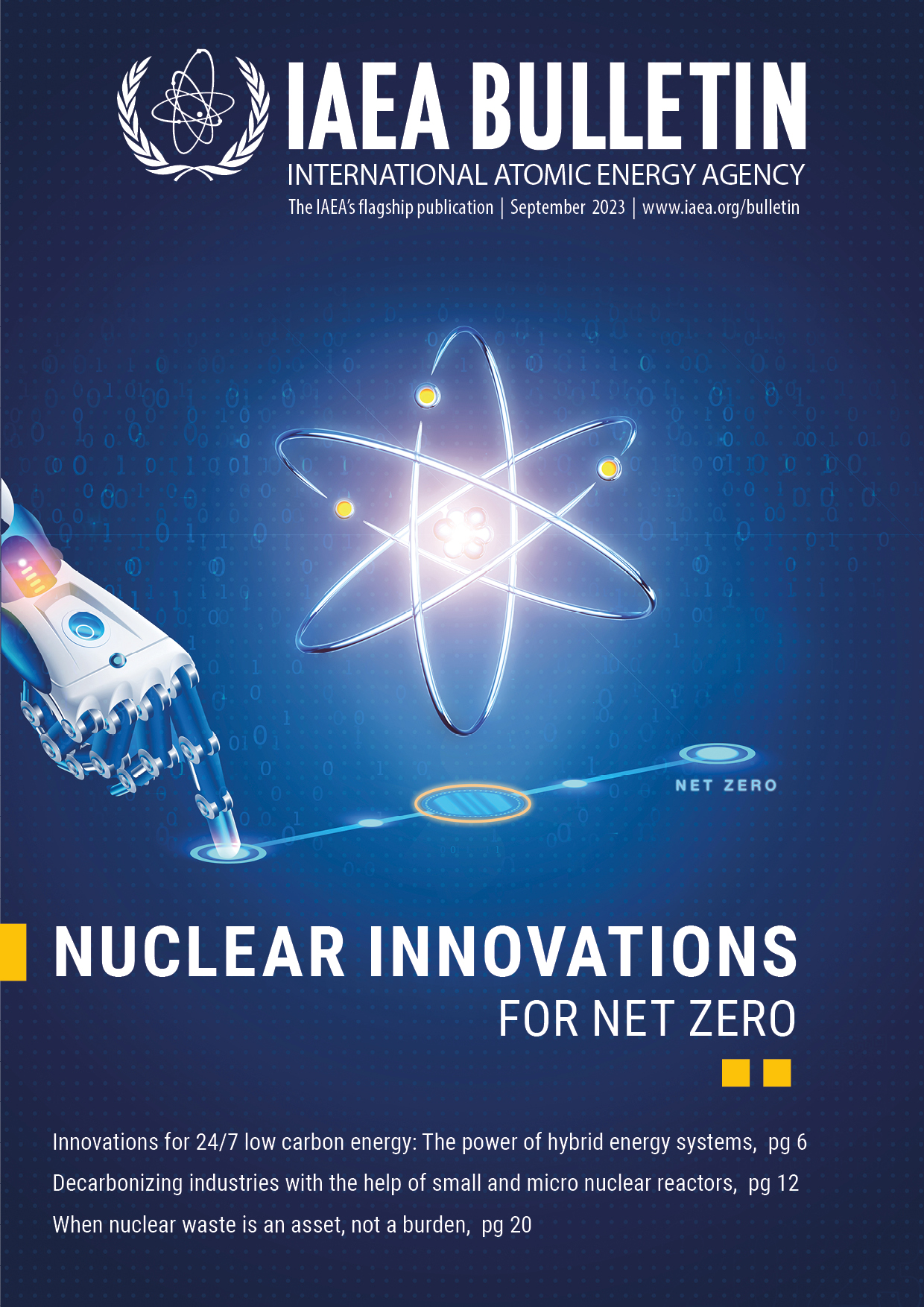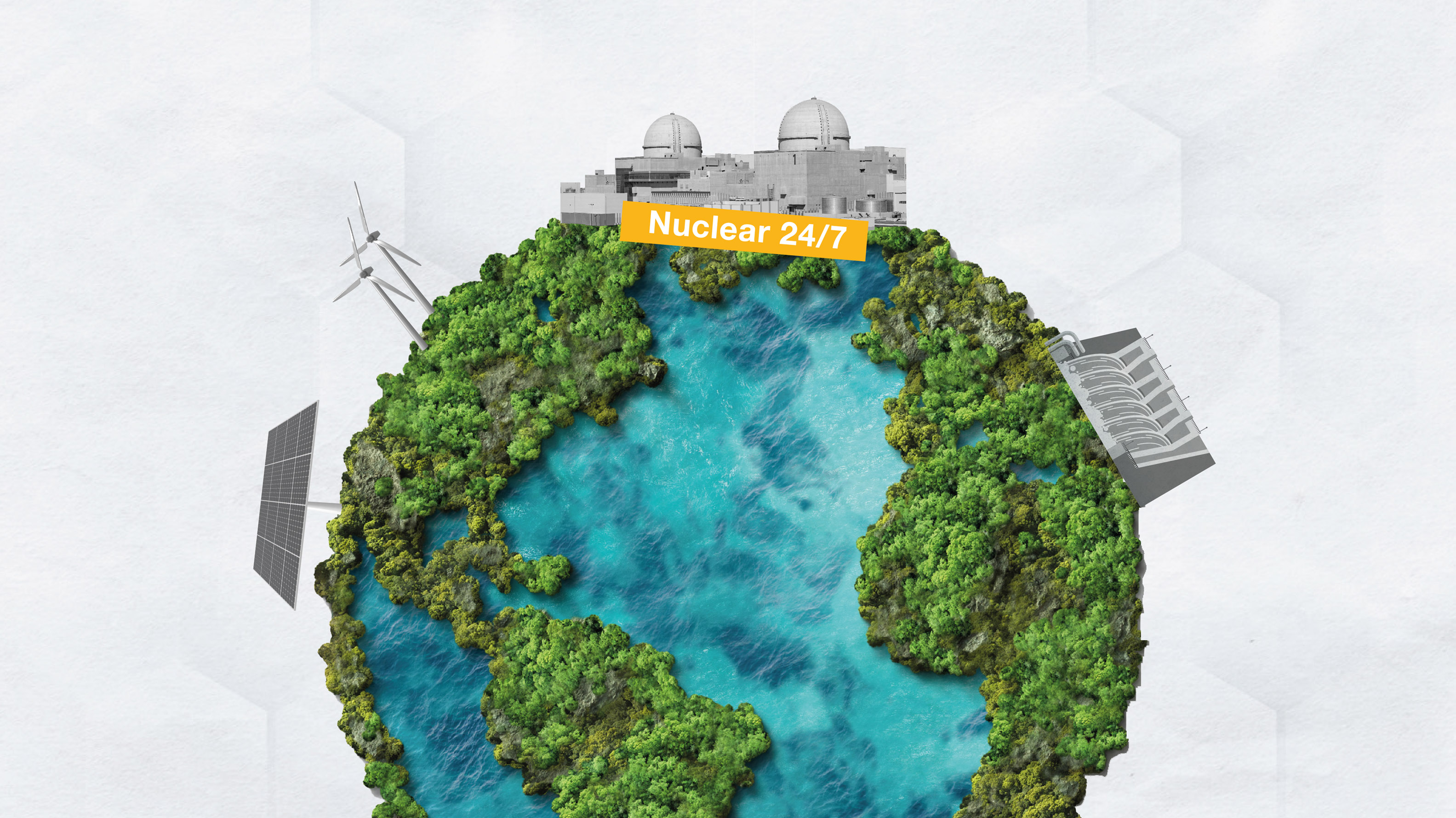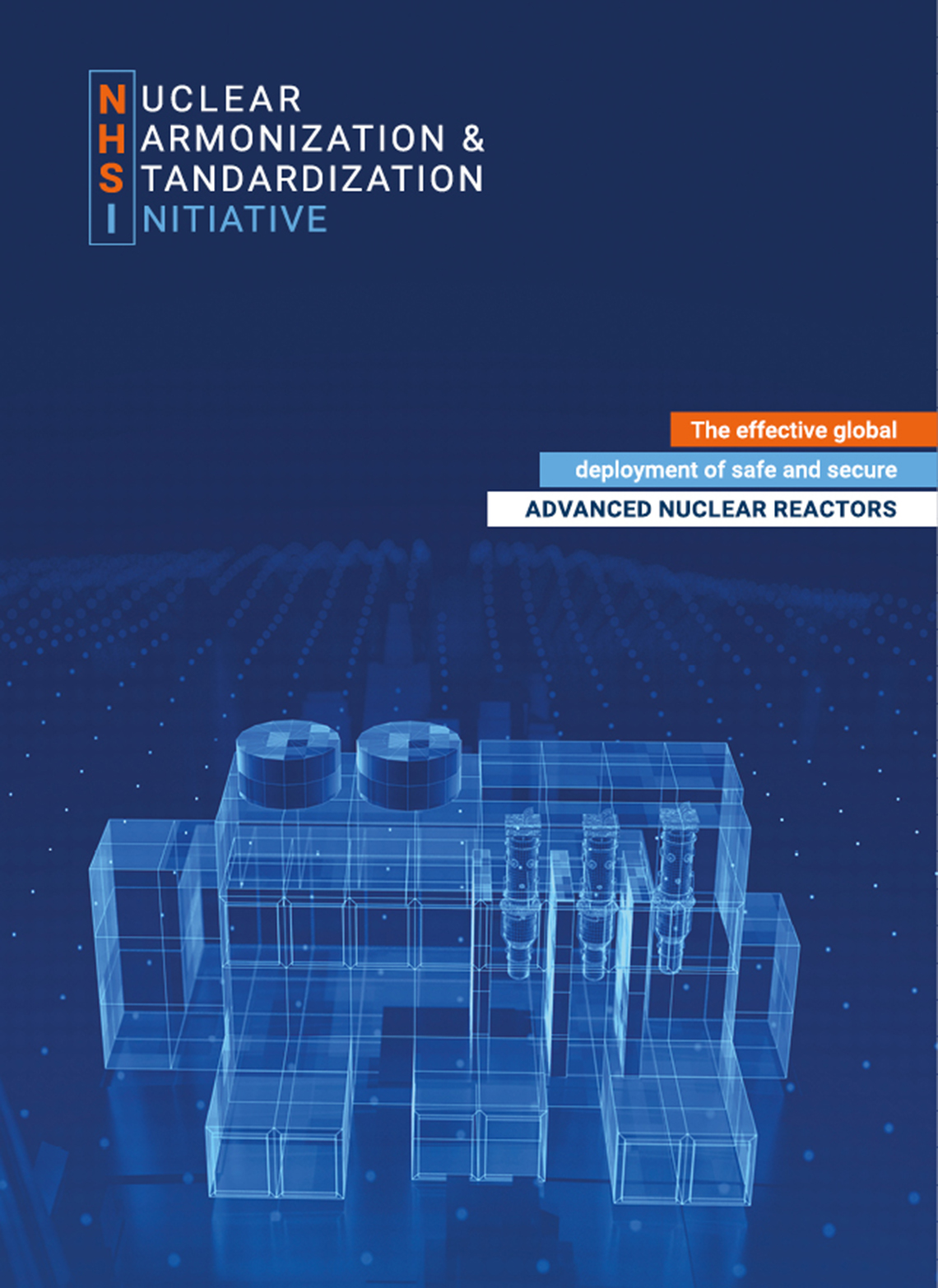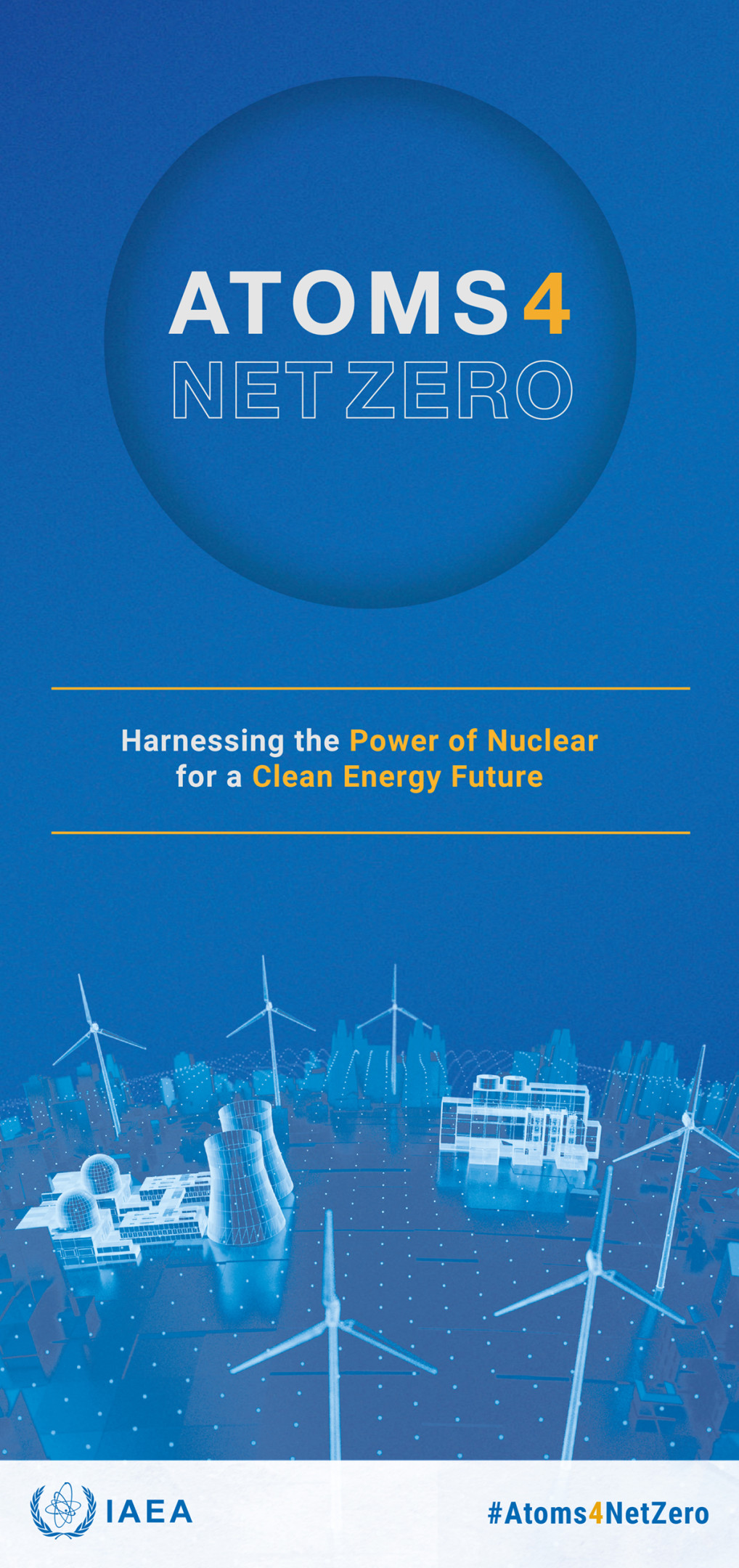In the pursuit of a sustainable and climate-resilient future, achieving net zero greenhouse gas (GHG) emissions has emerged as a target around the world. Accomplishing net zero means either utilizing technologies that do not emit any GHGs — such as renewables, hydropower and nuclear power — or allowing some levels of emissions and removing an equal amount from the atmosphere through carbon capture or other technologies.
“There is consensus within the climate community that, to ensure global warming is limited to 1.5 degrees by the end of the century, the energy system, which is the main source of GHG emissions, needs to be carbon neutral. This means no emissions, or net zero,” explained Henri Paillere, Head of the Planning and Economics Studies Section at the IAEA. The 2015 Paris Agreement — an agreement adopted by 196 countries — aims to limit global warming to below 2 degrees Celsius, preferably to 1.5 degrees Celsius.



